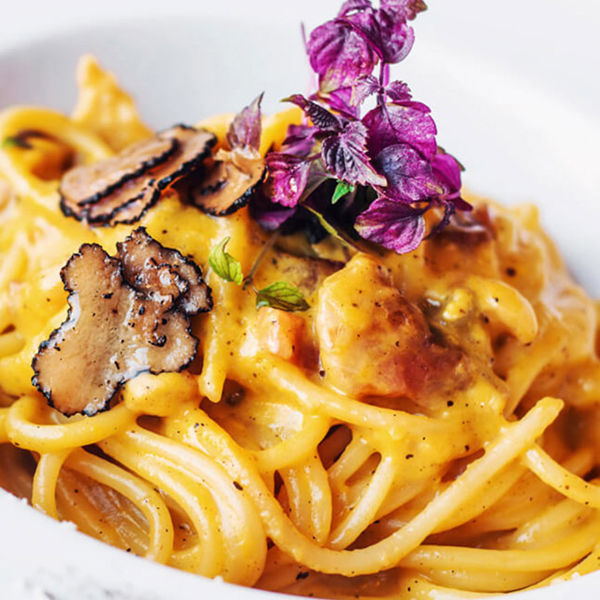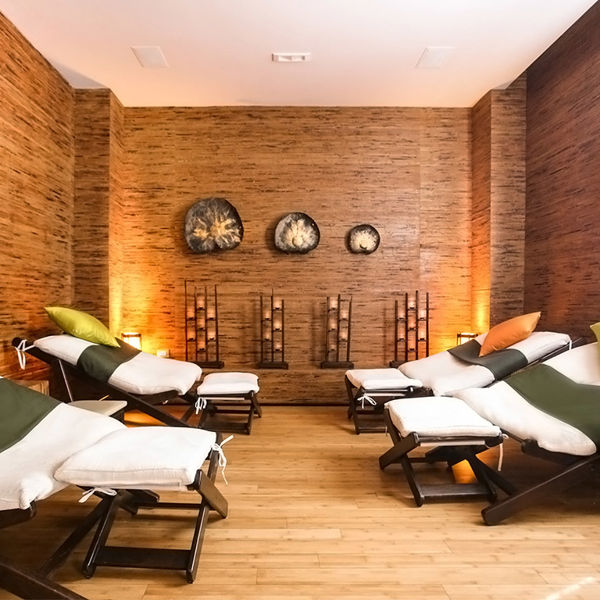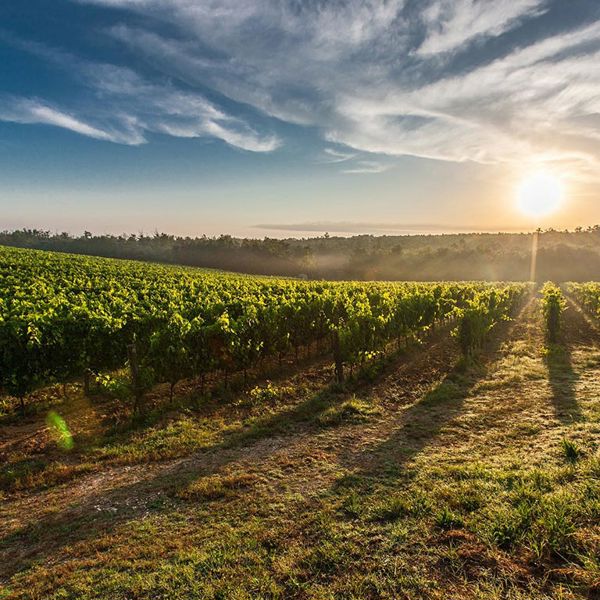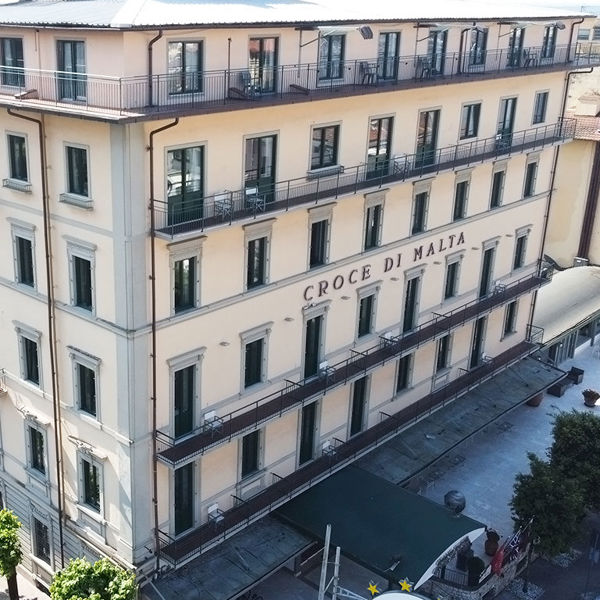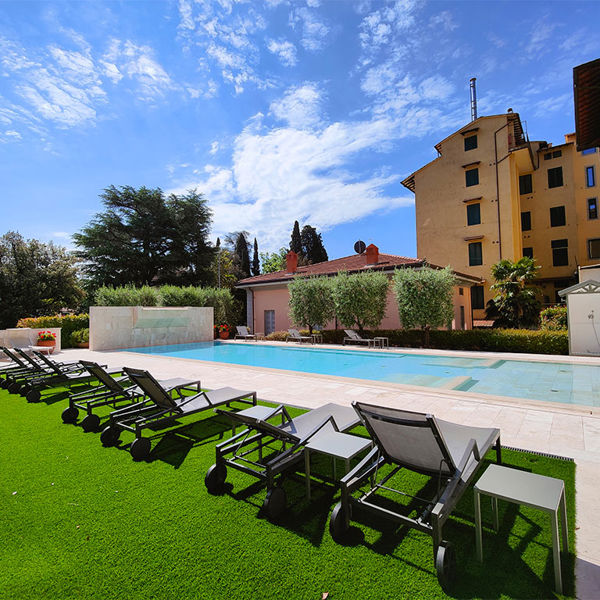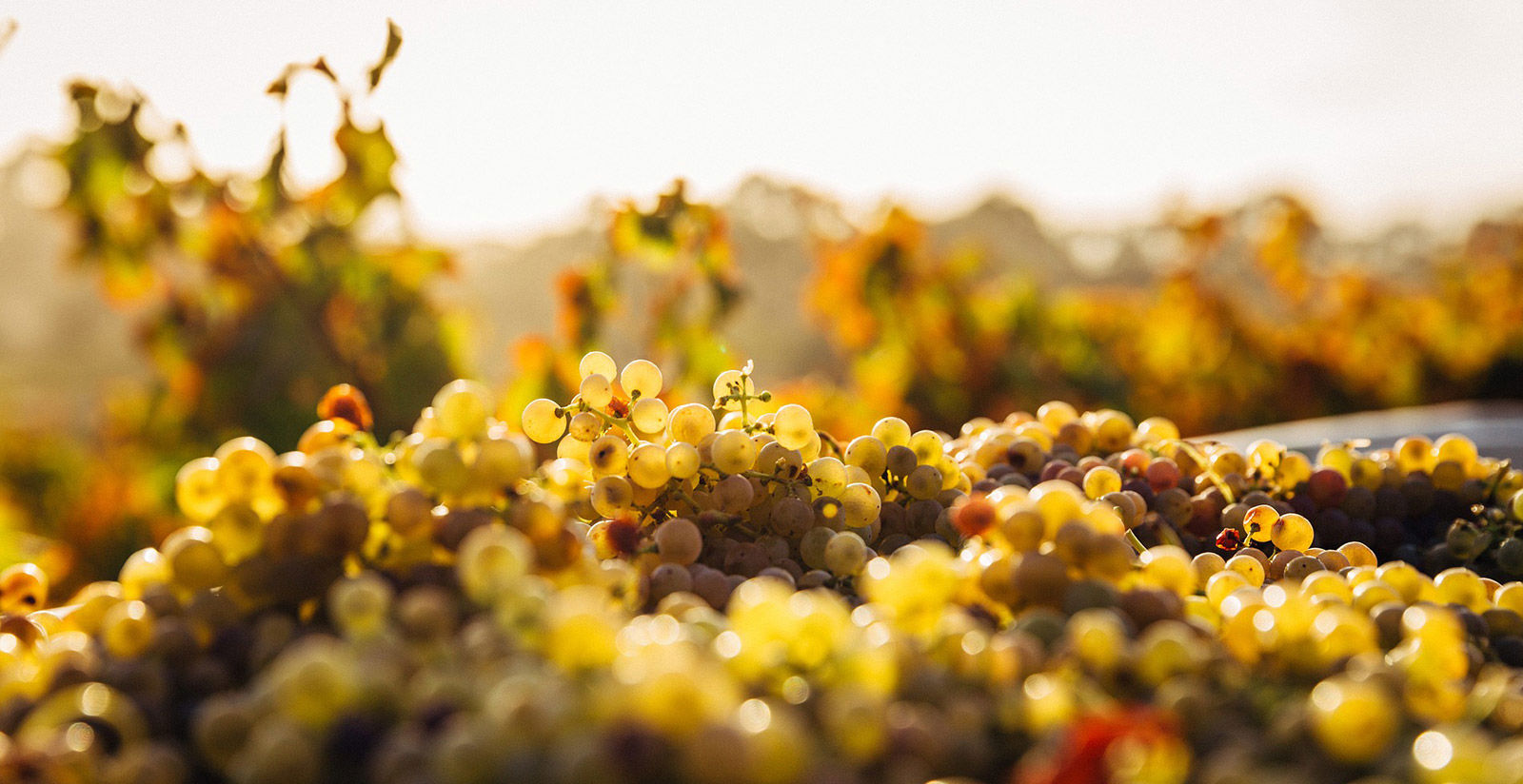Treat yourself to a stay in Tuscany, among wonderful views, sunflower hills, the most famous cuisine in the world and a unique atmosphere in the fantastic Montecatini Terme.
Discovering the wine and oil of the territory
Bianco della Valdinievole DOC wine is one of the smallest wine labels in Tuscany, at least from a quantity standpoint, even though its production area includes a significant portion of the municipalities between Pistoia and Lucca.
The DOC area includes the municipal territories of Buggiano, Montecatini Terme and Uzzano, as well as a portion of Larciano, Marliana, Massa e Cozzile, Monsummano Terme, Pescia and Pieve a Nievole.
Connected to the Lucchese wine-making tradition, the viticulture of this area has centuries-old roots, since the Prato-born merchant Francesco di Marco Datini, in the 15th century, claimed that: “Pescia is the great centre of the wine market, specialising in the whites, Trebbiano wines, which are so characteristic of the Valdinievole.”
It’s a true “seal of nobility” that, despite ups and downs, has survived until the present day. In more recent times (the
DOC designation was gained in 1976), wineries have enhanced the preexisting winemaking tradition by adding in new grape varieties that were then added to Trebbiano Toscano. Alongside the white wine, Pistoia’s wine producers then created a Vin Santo that is sold after three years of ageing in “caratelli” (a kind of “wine” barrel).
Bianco della Valdinievole has been enjoyed by some of the greatest historical characters like Puccini, Mascagni, and even the famous Neapolitan actor Totò, who were all frequent visitors to Montecatini Terme, the modern capital of the area.
Trebbiano Toscano vine varieties (70-100%). Can contain Malvasia del Chianti, white Canaiolo and Vermentino, either individually or combined, up to 25%, and up to 5% of grapes from other white varietals. The grape yield perhectare cannot exceed 13 thousand kilos. Sensory characteristics Bianco della Valdinievole has a clear, golden yellow colour which can tend toward straw yellow; a pleasant scent; a dry, lively, balanced taste, sometimes slightly sparkling; a minimum alcohol content of 11º for the white and 17º for the Vin Santo.
The latter is produced in dry, semi-dry and sweet varieties.
Credits Visit Tuscany
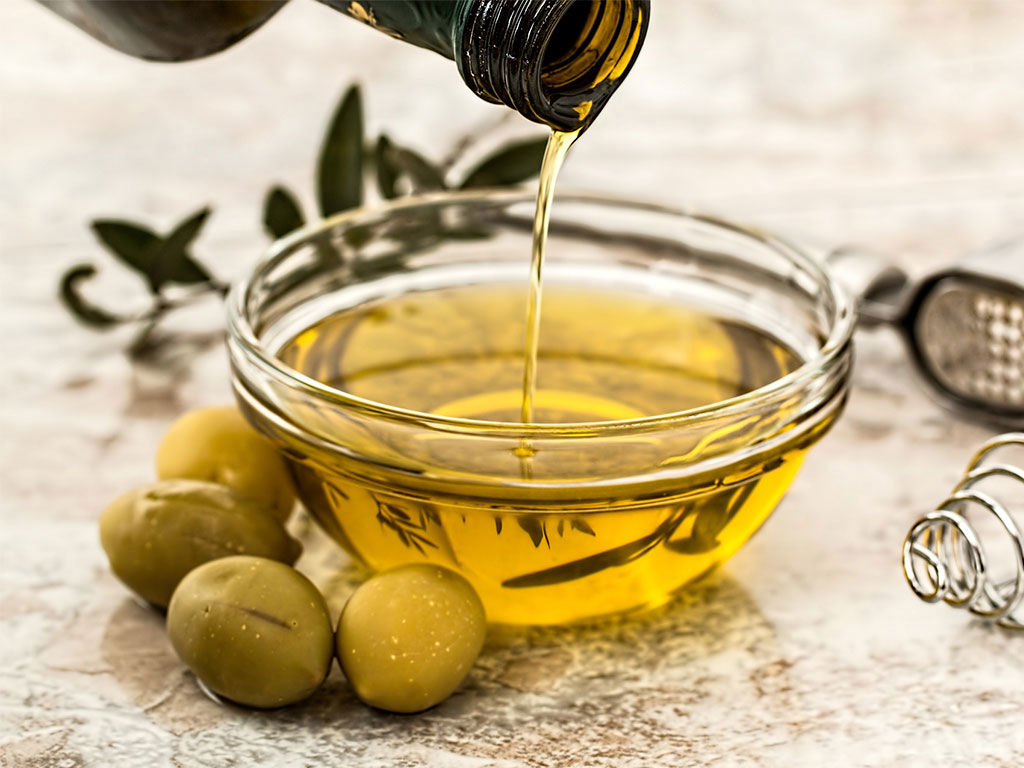
Informations
Upon arrival at the winery, a welcome drink will be served, followed by Tour of the Wine Cellar.
After the visit, the tasting of the 3 wines and olive oil will take place in the tasting room,baccompanied by a plate of salami and Tuscan cheeses, Tuscan bread with our extra virgin olive oil. Transfer by private car is included (round trip, no waiting).


